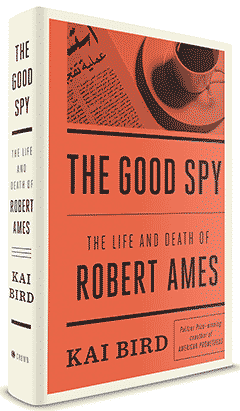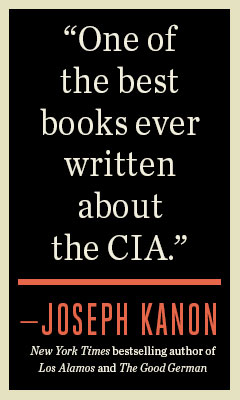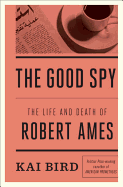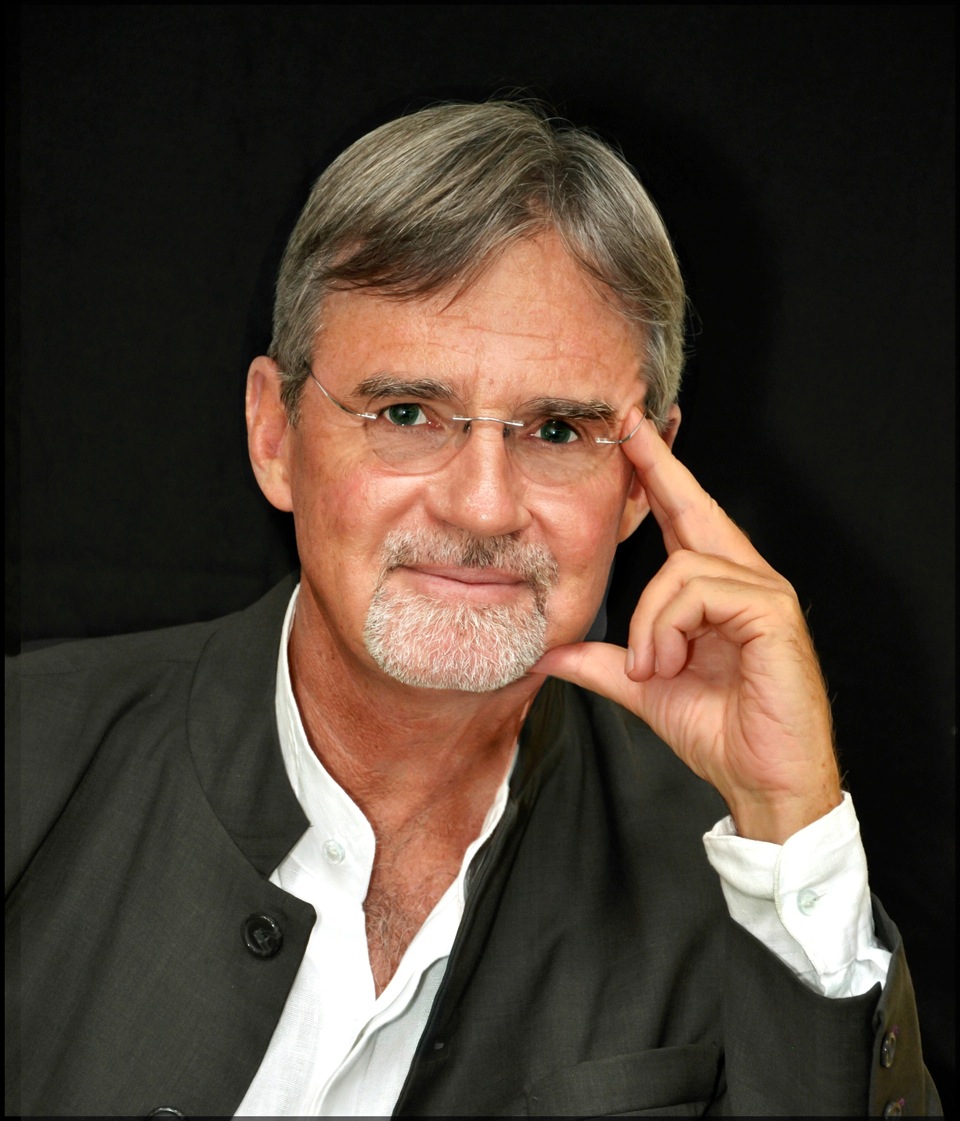The Good Spy: The Life and Death of Robert Ames
by Kai Bird
On April 18, 1983, a truck loaded with explosives drove onto the compound of the United States embassy in Beirut, Lebanon, crashing into the lobby and detonating a ton of explosives. Today, it's "a largely forgotten moment in the history of America's presence in the Middle East," Kai Bird writes in The Good Spy, but one with great underlying significance--"the beginning of America's deadly encounter with a political Islamist movement."
Among the 63 men and women killed in the bombing was Robert Ames, a CIA agent who had played a pivotal role in establishing a line of communication between the United States government and the Palestinian Liberation Organization (PLO). Initially, of course, that relationship was kept under wraps, and so Ames's work was unacknowledged. Years later, when President Bill Clinton brought PLO chairman Yasser Arafat and Israeli prime minister Yitzhak Rabin together to shake hands on the White House lawn, the CIA was completely excluded from the public celebration--in response, as Bird recounts in a moving scene, a high-ranking Agency official took a group of junior agents to Ames's grave at Arlington National Cemetery to pay honor to his accomplishments and his sacrifice.
The Good Spy is a similar tribute; though it was written without any official cooperation from the CIA, more than 30 retired officers, including both agents from the former Directorate of Operations and analysts from the Directorate of Intelligence, shared their personal and professional recollections with Bird. The portrait of Robert Ames that emerges is that of "a model intelligence officer," who'd become captivated with the Arab world after a stint in the army where he'd been assigned to a Cold War listening post in equatorial Africa. He applied to the CIA after his initial efforts to join the Foreign Service failed and quickly distinguished himself with the depth of his immersion into the local cultures at his postings. "Ames had understood that a good CIA officer must have a curiosity about the foreign other--and a certain degree of empathy for their struggles," Bird explains--and it was that empathy that would clear a path for his greatest intelligence coup.
In 1969, Ames became friendly with a Lebanese businessman named Mustafa Zein, who'd studied in the United States. Though he refused to take the CIA's money to become a paid agent--Ames was never particularly good at recruitment, anyway--"he was willing to do things to advance the relationship between America and his people," so when Ames said he'd been authorized by Richard Nixon to reach out to the PLO, Zein gladly put him in touch with Ali Hassan Salameh, the head of the PLO's intelligence division.
When Ames and Salameh first met, Bird tells us, the latter was basically "a young man with a gun who believed in the righteousness of the struggle to return to his ancestral homelands in Palestine," though he was also a flamboyant playboy who would conduct his extramarital affairs in public--including, in the 1970s, a fling with a Lebanese Miss Universe. The CIA would have liked to turn him into a paid agent but, like Zein, he refused--although in his case, it was because being seen as a stooge of the Americans would have life-threatening consequences. (This would eventually cause a problem for the Agency when Mossad, Israel's intelligence service, asked if he was an intelligence asset. If they'd said no, Mossad would see fit to assassinate him; if they'd said yes, though, the Israelis would probably leak the information to sow discord among the Palestinians. "In the end," one retired spy told Bird, "it was decided that we just shouldn't reply." Salameh was killed by a Mossad car bomb in 1979.)
Bird meticulously details the development of this relationship, just as he details every aspect of Ames's life, personal as well as professional. We learn, for example, that his CIA salary forced perpetual economizing at home--when he was stationed in D.C., he tried driving a Fiat he'd brought back from his first posting in Beirut, but eventually traded it in for a Ford Pinto--and that he was planning to retire when he turned 50 in 1984, so that he could enter the private sector and make the money he'd need to put his six children through college. (Bird also mentions, as he did in his 2010 memoir Crossing Mandelbaum Gate, that he spent three years living next door to the Ameses in the 1960s, though "I just remember him as a tall, handsome man who had a very pretty young wife and baby.") Though some of Ames's former colleagues are critical of his field work, in the final assessment he's seen as an unsung hero who felt a genuine calling to his intelligence career. "The point was to influence the course of history--to create a better world," Bird says in describing his mindset--and, based on the evidence of The Good Spy, he made significant headway toward that end, until subsequent events, including the terrorist attack that took his life, made the goal of a true peace in the Middle East that much harder to achieve. --Ron Hogan








